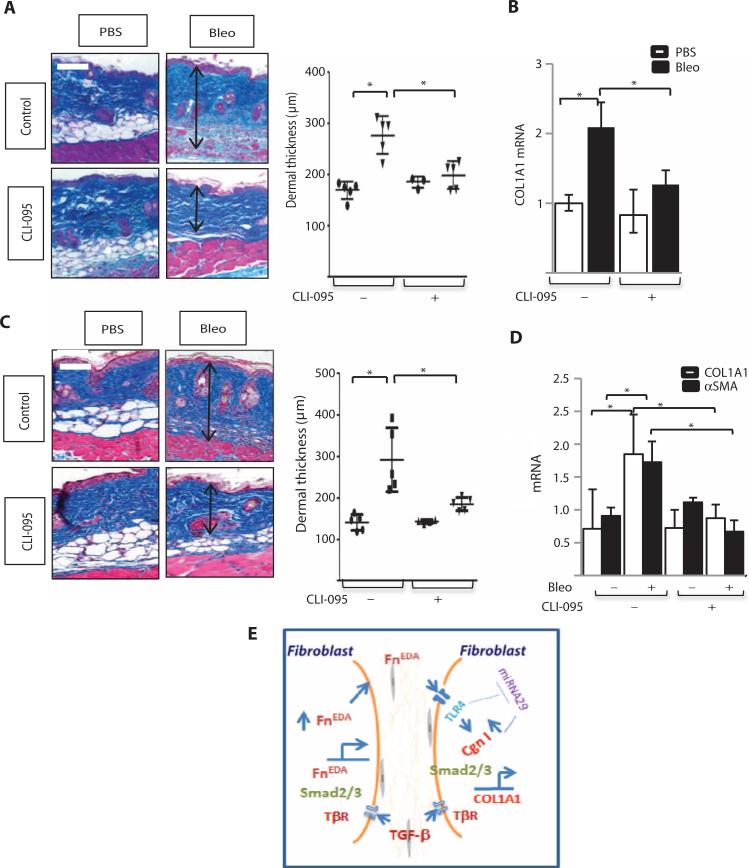Fig. 5. Pharmacological TLR4 blockade both prevents and reverses bleomycin-induced skin fibrosis.
(A to D) C57BL/6J mice received daily subcutaneous injections of bleomycin or PBS. Mice also received CLI-095 (2 mg/kg) starting on day 0 (A and B) or on day 15 (C and D) and sacrificed at day 24 (A and B) or day 28 (C and D), and lesional skin was harvested for analysis. (A and C) Masson's trichrome stain. Representative images (left panels). Scale bars, 100 μm. Right panel: Dermal thickness, determined in four random locations per hpf, is shown as means ± SD from five mice per group. Ovals, PBS; inverted triangles, bleomycin. *P < 0.0001, PBS versus bleomycin; *P < 0.001, bleomycin versus CLI-095, one-way ANOVA followed by Bonferroni's multiple comparison test for (A). *P = 0.0005, PBS versus bleomycin; *P = 0.007, bleomycin versus CLI-095, Sidak's multiple comparison test for (C). (B and D) Levels of mRNA were determined by real-time qPCR. The results, normalized for GAPDH, represent the means ± SD of triplicate determinations from four (A and B) or five (C and D) mice per group. *P = 0.002, WT versus bleomycin; *P = 0.014, bleomycin versus bleomycin + CLI-095, one-way ANOVA followed by Bonferroni's multiple comparison test. (E) Cartoon depicting contribution of TLR4-mediated fibroblast activation elicited by FnEDA to persistent fibrogenesis. By triggering fibroblast TLR4 signaling, FnEDA serves as a switch converting self-limited tissue repair into sustained fibrogenesis. Persistent injury leads to fibroblast activation with generation and extracellular accumulation of FnEDA that in turn triggers TLR4-dependent cellular signaling, resulting in sustained fibroblast activation with production of FnEDA and other ECM molecules. A self-amplifying vicious cycle of fibrogenesis ensues.

